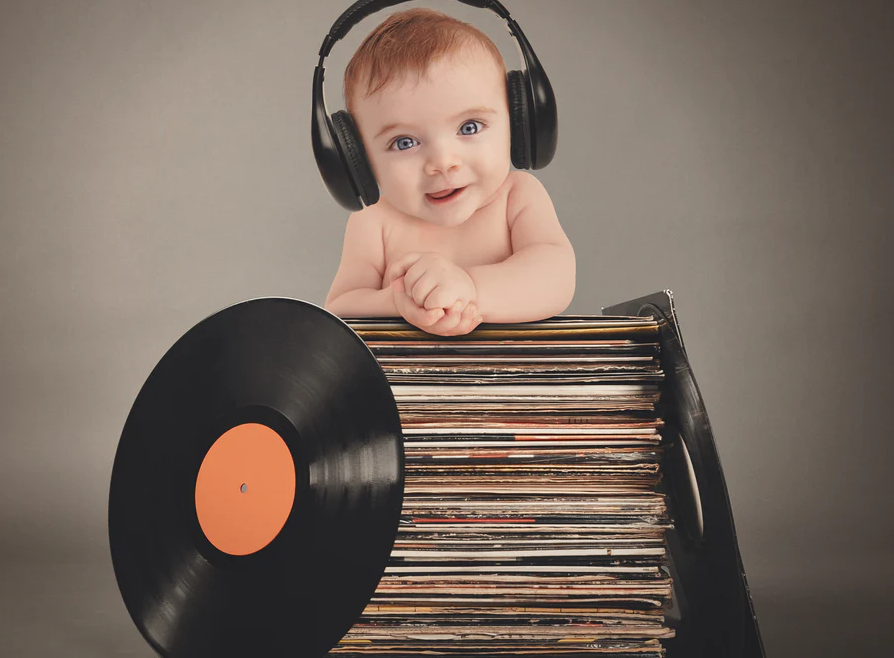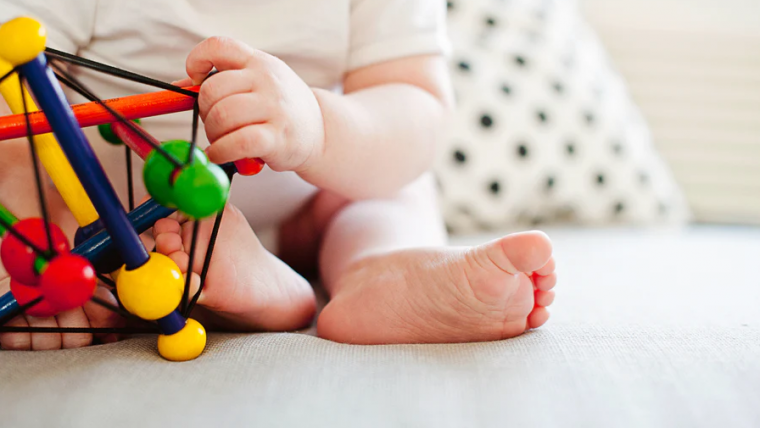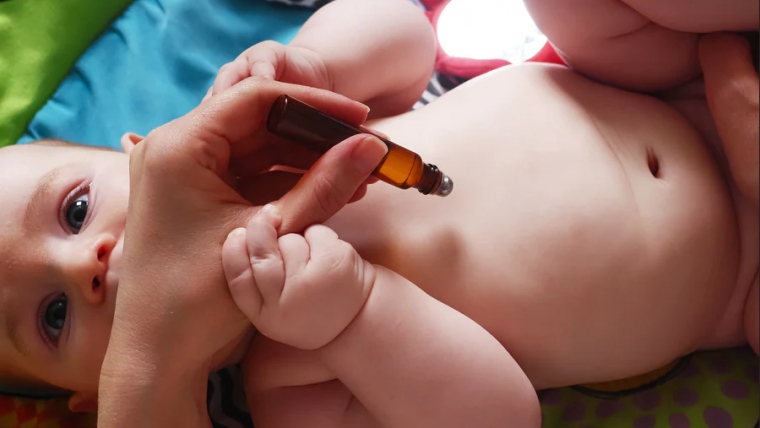Music has a powerful effect on emotions for people of all ages. In fact, babies can greatly benefit from music therapy as it helps them express and regulate their emotions, to provide a soothing and comforting experience.
Music therapy can support communication and language skills in babies. Through singing, rhythmic patterns, and vocal play, babies can develop early communication skills, such as turn-taking, imitating sounds, and expanding their vocabulary. Musical interactions between babies and their caregivers during therapy sessions can strengthen the bond and attachment relationship, fostering a sense of security and trust.
Therapy incorporates movement and body awareness activities, helping babies improve their motor skills, coordination, and spatial awareness. It can also support the development of fine motor skills through instrument exploration or fingerplay. Activities can engage various cognitive processes, including memory, attention, problem-solving, and sequencing. Babies can benefit from music therapy by stimulating their cognitive abilities and enhancing their learning potential.
Relaxation and Stress Reduction can also be achieved through gentle and soothing music to promote relaxation and reduce stress in babies.
One of the most powerful effects of music therapy is how it can be tailored to address specific developmental challenges or conditions in babies, such as prematurity, sensory processing disorders, developmental delays, or neurological conditions. Therapy can provide targeted interventions to support their unique needs.
Music therapy for babies is typically provided by qualified music therapists who customize sessions to meet the specific goals and needs of each baby. Sessions can include a variety of music-based techniques, including singing, instrument play, movement, and improvisation, to create a therapeutic environment that supports the baby’s growth and development.
Unfortunately, not all of us can afford the luxury of qualified music therapy sessions. Here are some ideas and tips for incorporating music therapy at very little cost into your home environment:
- Create a Musical Environment: Surround your baby with a variety of age-appropriate musical instruments, such as rattles, shakers, drums, or xylophones. Explore different textures, sounds, and pitches to stimulate their senses.
- Sing and Dance Together: Sing lullabies, nursery rhymes, or simple songs to your baby. Use gentle and soothing melodies for relaxation or lively tunes for play and movement. Incorporate actions and movements to engage their body and encourage physical coordination.
- Musical Playtime: Set aside dedicated playtime with music. Encourage your baby to explore and interact with instruments, toys, or objects that produce sound. Allow them to experiment with different sounds, rhythms, and volumes.
- Sensory Experiences promote brain development, improve sensory processing, and increase body awareness. Create sensory experiences using music. Use scarves, ribbons, or bubbles to enhance visual stimulation while playing music. Explore different textures and materials during musical playtime.
- Musical Storytime: Choose children’s books with musical themes or books that have accompanying songs. Sing or play the songs as you read the story to make it a multi-sensory experience for your baby.
- Recorded Music Selection: Curate a collection of age-appropriate music that varies in genres, tempos, and styles. Play the music during different daily routines, such as feeding time, bath time, or playtime, to create a soothing and familiar atmosphere.
- Movement and Rhythm: Incorporate movement and rhythmic activities into your daily routine. Gently sway, bounce, or dance with your baby in response to the music. Use simple rhythmic patterns or clapping games to engage their sense of rhythm.
- Musical Bonding: Use music to bond and connect with your baby. Make eye contact, smile, and sing softly to create a nurturing and loving environment. Respond to their cues and reactions during musical interactions.
- Relaxation and Bedtime Routine: Use calming music or lullabies as part of your baby’s bedtime routine. Establish a consistent ritual that includes gentle music to signal relaxation and prepare them for sleep.
- Follow Your Baby’s Lead: Pay attention to your baby’s preferences, reactions, and comfort levels. Observe their responses to different musical experiences and adapt accordingly. Each baby is unique, so let their interests guide the musical activities.
Remember, the primary goal of music therapy at home is to create a positive and enjoyable musical experience for your baby. Trust your instincts, have fun, and embrace the power of music to support your baby’s development and well-being.


